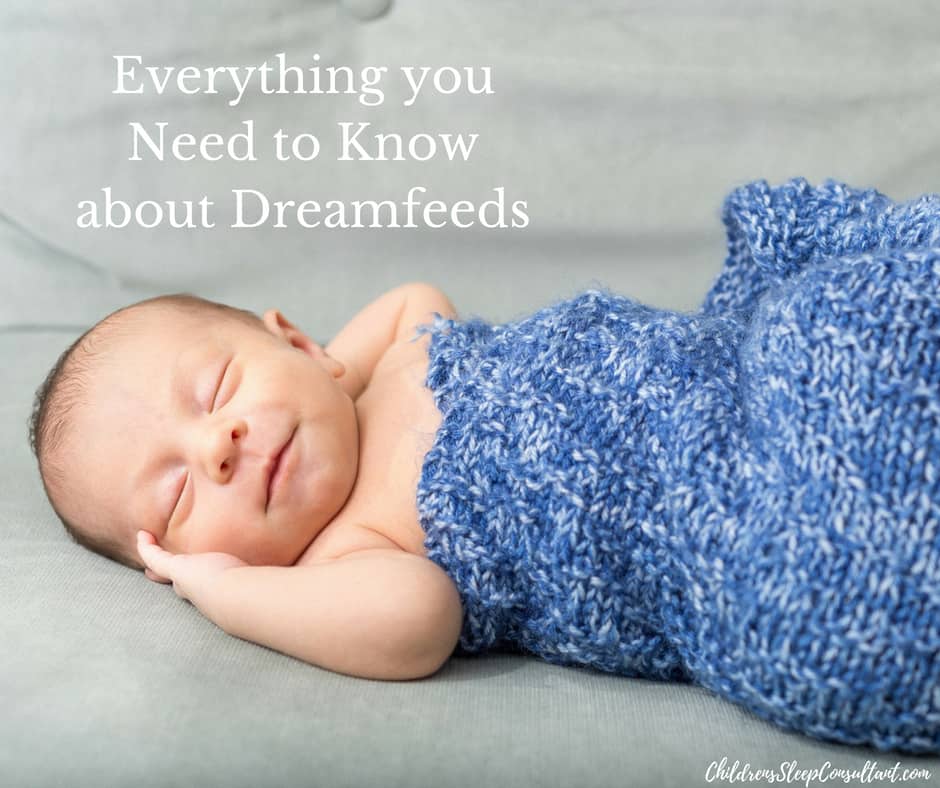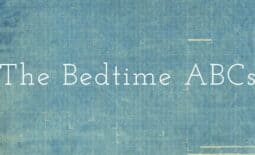Everything you Need to Know about Dreamfeeds
This week we’re looking at the dreamfeed, most specifically how it can help you and your child to get a better night’s sleep. Not sure what it’s all about? Read on to find out…
Put very simply, a dreamfeed is a feed you give to your baby while they’re asleep. So you get them up, you feed them, burp them, then lie them back down to resume sleep. The theory behind doing this is that by feeding them a little earlier than usual, they won’t then wake for a feed as they usually would. This means that your baby will be able to sleep for a longer stretch- and if your baby usually wakes just as you’re falling asleep, or an hour or two after you go to bed, this method can be great for helping you to sleep for a longer stretch too.
So let’s say for example, your baby usually goes to bed at 8pm, and you go to bed at 11. If your child then wakes at midnight, that means you only get one hour to sleep before you need to get up and feed them. A dreamfeed at 11 will mean that your baby will then sleep for longer – and you get a longer stretch of sleep before you’re needed to go in and help.
How to do a dreamfeed
If the thought of going in to your sleeping baby and feeding them fills you with dread, then don’t panic! It’s normal to feel apprehensive, especially if it’s taken some work to get them to sleep in the first place! What you need to do is gently pick them up and minimise distractions as much as possible. Try to get as much milk into them as you can, so that you can be certain you can eliminate the need for them waking due to hunger any time soon.
Don’t skip the burps! After your baby’s had a feed, it’s really important to burp them as you normally would, otherwise they could well wake due to wind- and they won’t be happy!
At this point, your baby is fed and burped and it’s time to lie them back down again. Make sure your baby is safe and secure, and hopefully you will now be able to sleep a little longer!
When to introduce a dreamfeed?
The ideal time to introduce the dreamfeed is around three months old. Bare in mind though, that (as with anything sleep related) it may not be effective straight away on night one. What I usually recommend is that families give it at least three nights before you make a decision on whether or not it’s going to work for you.
Don’t forget that although you can introduce a dreamfeed at around 3 months old, it doesn’t mean that you have to. You may give it a go and decide to try again when your baby is a little older instead. So much depends on how much milk your baby has during the day, their temperament, your own family circumstances and so on. Three months might not be the best time for you; only you will know what’s going to work best for you and your child.
Breast or bottle?
Both breastfed and bottle fed babies can have dream feeds, and it really doesn’t matter if you nurse your baby to sleep. It is worth baring in mind that lots of breastfed babies tend to fall asleep at the breast (the reason being that it takes a lot more muscles to breastfeed and can tire babies a lot more quickly) and therefore they may not get through a whole feed- this in turn can mean they wake sooner after all. Sometimes I advise mums to express some milk earlier in the day and give it to baby via a bottle so that it’s easier to ensure a full feed is taken. This way of working can also mean that you can share the dreamfeed duties with your partner. One of you can even go to bed really early, getting an even longer stretch of sleep before baby wakes for a feed. This works well for lots of families, but it really is a personal decision and there’s no right or wrong way to do it.
It’s worth noting here also that many babies who won’t take a bottle during the day time tend to accept one a lot more readily during a dreamfeed, because they’re asleep and tend to just take the feed then carry on sleeping.
When to stop the dreamfeed?
Around the age of 8 months old is the time I usually advise parents start to consider stopping the dreamfeed, and this is usually best done fairly slowly. If your child is used to getting a big feed at the same time each day, they’re going to notice when you suddenly stop giving it! To reduce the chances of your baby waking from hunger when you’d usually be giving them a dreamfeed, you need to gradually cut down on the amount of milk your baby has during this feed. Make changes every three or four nights until you’re able to stop the dreamfeed altogether.




